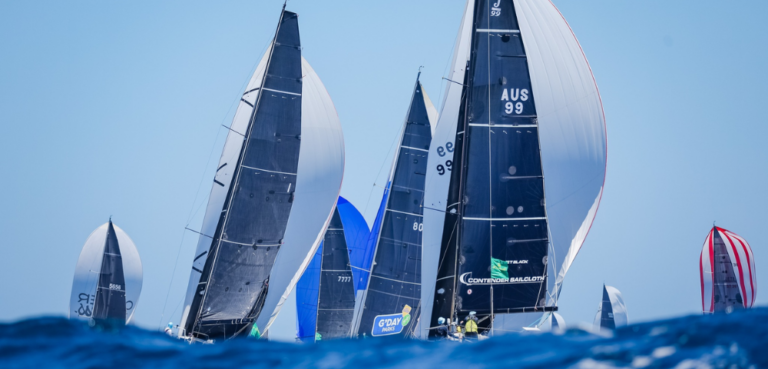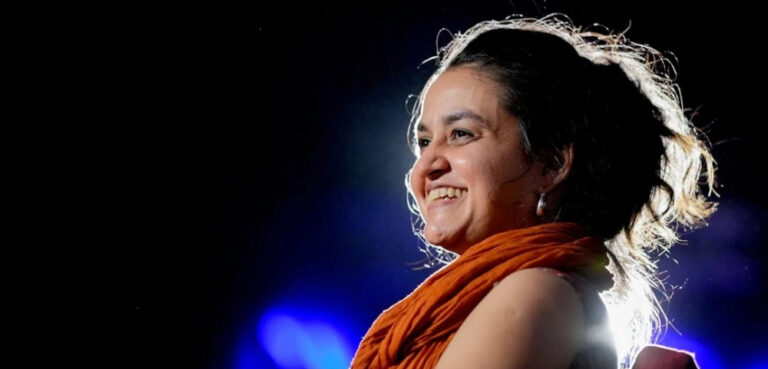
It was 64 years ago that a bunch of defiant theatre groups first performed uninvited at the Edinburgh International Festival, giving birth to what is now one of the largest art events in the world.
Though it has long been established in Melbourne and Adelaide, it was only last year that Sydney finally launched its first Fringe Festival, giving public access to a wide mix of visual arts, music, dance and theatre in and around Newtown and Marrickville, and opening up a space for emerging and underground artists to display their work.
The success of last year has meant Fringe is back for a second run. “It was like turning on a tap and the creative and artistic scene in Sydney went for it and generated a lot of interest,” says festival director Richard Hull.
After decades of experience in Edinburgh, London’s West End, and more recently, the Sydney Opera House, Richard Hull’s first year as Fringe director has been the most exciting yet.
“It’s a very energising environment because it is so new”. But also because Sydney’s arts scene, which Hull says has a unique energy about it, has long been in need of a platform for emerging artists.
“I think these festivals are a reflection and product of the city in which they exist. We’re still quite small and boutique. Sydney’s got a really extraordinarily artistic community and what it hasn’t had is a really good outlet for all this stuff. It deserves a festival like this.”
Additionally, Hull says, Fringe gives “established artists a platform in which they can take a bit of a risk and try things that maybe they wouldn’t try in the full glare of a major festival.”
Unlike Sydney Festival or the Biennale, artists and shows don not undergo a selection process. Fringe is about connecting any artist with the right venue or wall space.
“The Fringe Festival grew from the frustration of artists who couldn’t get included in international festivals, so the idea is that anybody can have a go. It’s a very open, inclusive, accessible festival.”
Though it is early days, funding by local bodies such as the City of Sydney will allow more room for expansion in future years.
“What the festival needs mostly is consistency. I’m refining the model about how the festival develops from here, and what kind of festival we want to be like, whether it is like Melbourne, Adelaide and Edinburgh, or more curated like last year, and like it is in New York.”
This year’s program will feature more international performances, such as the award-winning A Personal War, a play based on real accounts by survivors of the Mumbai bombings, or the extravagant Japanese theatre group, Gumbo.
One of the highlights is the festival’s new speakeasy club in Newtown, Five Eliza, a conversion of the antique School of Arts Ballroom that will act as venue and meeting point for both audiences and artists.
The aim, Hull says, is to make the festival more accessible, with the possible view of becoming open access in years to come.
Asked what the most exciting events might be, Richard Hull says he looks forward to the visual arts events, because “there’s such a fantastic community of arts in and around Sydney, but also because most of that stuff is free. We need to be inclusive and accessible.”
Part of this accessibility is the inclusion of children’s activities in the program. “Without sounding like a walking cliché, I will say that there is something for everybody.”
Another feature that is unique to Sydney’s Fringe will be the limited showings of each event. Unlike other Fringe Festivals, performances and exhibitions will only run for a maximum of five nights, so Hull’s final advice to audiences is to book well in advance.
September 9 – October 2, free- $47 approx., different venues throughout Sydney, thesydneyfringe.com.au/, 9020 6980.
By Henar Perales









